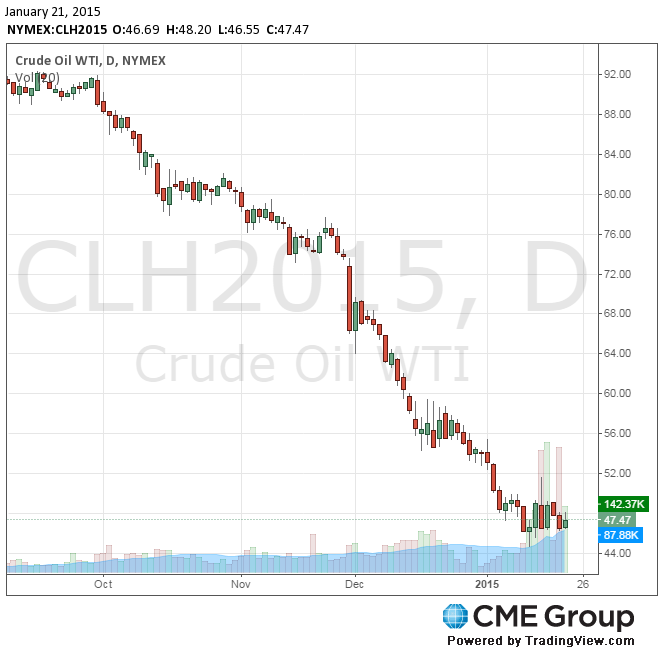- Oil rebounded
Noticias del mercado
Oil rebounded
Oil rebounded from the biggest drop in a week amid signs that prices near a 5 1/2-year low are slowing drilling in the U.S.
Futures rose as much as 3 percent in New York and 2.9 percent in London. BHP Billiton Ltd., the largest overseas investor in U.S. shale, said it will cut the number of active drill rigs in the nation by almost 40 percent. The rapid decline in oil prices may deter investment in all types of energy needed to meet future demand, the head of the International Energy Agency said.
"The market is trying to stabilize," said Tariq Zahir, a New York-based commodity fund manager at Tyche Capital Advisors. "You are seeing the rig count coming down. Production will take some time to come off. The U.S. economy is looking pretty good and demand will pick up."
Oil has dropped more than 10 percent this year following a decline of almost 50 percent last year, the most since the 2008 financial crisis. The U.S. pumped crude at the fastest rate in more than three decades and the Organization of Petroleum Exporting Countries resisted calls to reduce supply.
West Texas Intermediate for March delivery gained $1.14, or 2.5 percent, to $47.61 a barrel at 10:08 a.m. on the New York Mercantile Exchange. The February contract expired Tuesday after falling $2.30 to $46.39. The volume of all futures was 1.6 percent below the 100-day average.
Brent for March settlement climbed $1.07, or 2.2 percent, to $49.06 a barrel on the London-based ICE Futures Europe exchange. The European benchmark crude traded at a premium of $1.43 to WTI.
